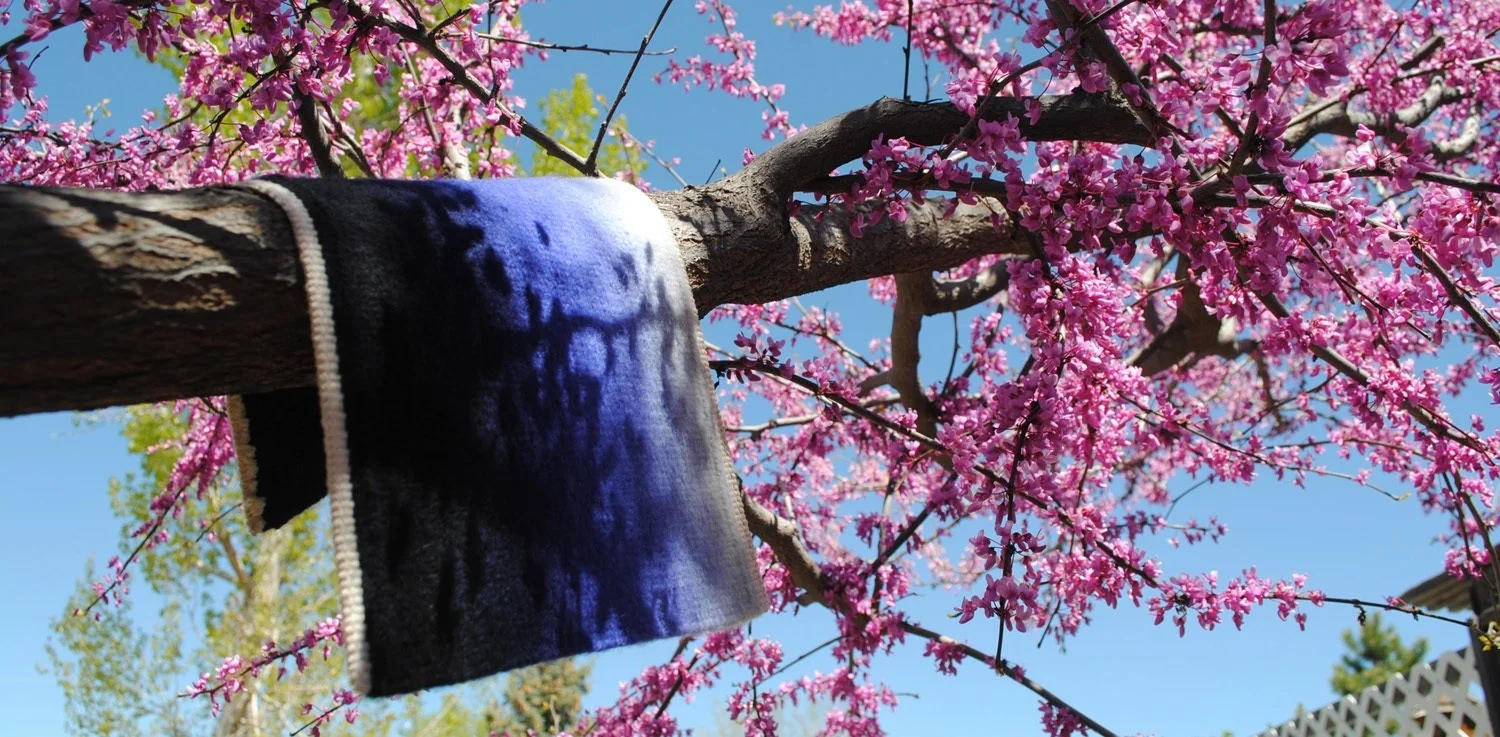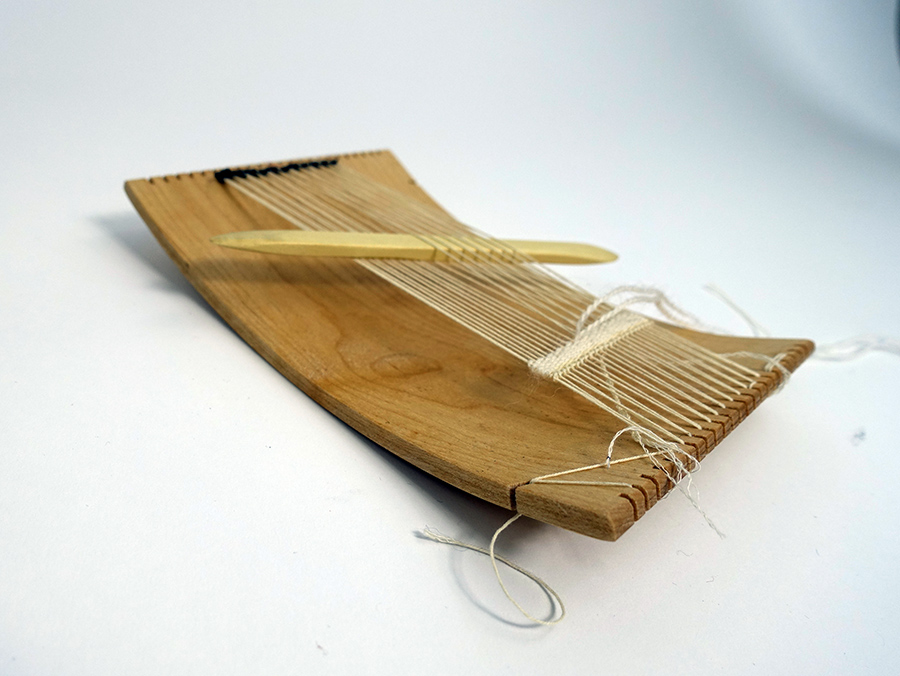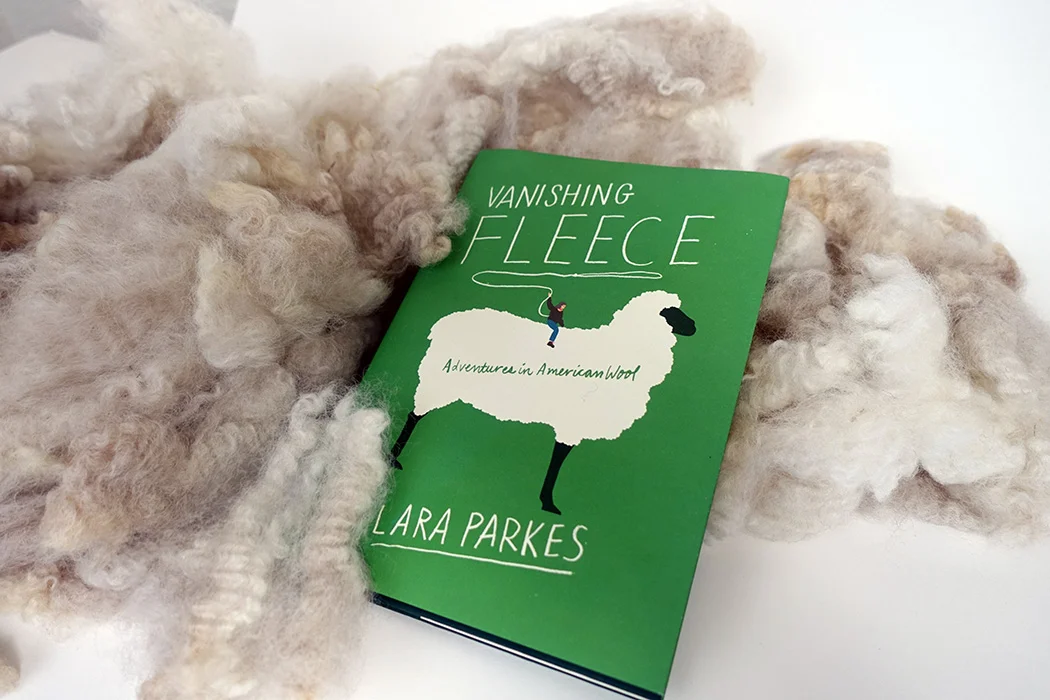You may have seen Tommye Scanlin’s tapestry titled “Because of Memory” or heard her talk about the Lillian E. Smith Center in Clayton, GA. It is because of Tommye that I did a two-week residency there a few weeks ago. It is ultimately because of Lillian Smith herself that I could enjoy this time in an artist residency away from the push of running a business at home.
Lillian E. Smith was a formidable woman from what I can tell. She is the author of the novel, Strange Fruit, which was banned for it’s statement about segregation and civil rights of people of color in the US. It was first published in 1944.
I had two weeks in the north Georgia woods at my artist residency. Lillian E. Smith Center is now owned by Piedmont College. But it used to be owned by the Smith family.







